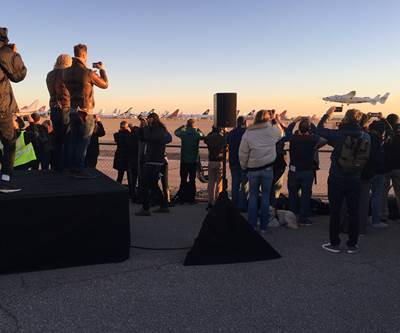Virgin Galactic reaches new heights, adds third passenger with second spaceflight
The flight marks the highest altitude and speed that the SpaceShipTwo has achieved to date, and included the addition of a third crew member for the first time.
Virgin Galactic (Las Cruces, N.M., U.S.) conducted its fifth powered test flight and second spaceflight of its commercial SpaceShipTwo, VSS Unity, above Mojave, Calif., U.S. on Feb. 22. The spacecraft achieved several firsts, including its highest speed and altitude to date as well as, for the first time, carrying a third crew member on board along with research payloads from the NASA Flight Opportunities program.
As of this spaceflight, chief pilot Dave Mackay and co-pilot Michael “Sooch” Masucci become commercial astronauts and the 569th and 570th humans in space. Beth Moses, Virgin Galactic’s chief astronaut instructor, flew as the third crew member in a first, live evaluation of cabin dynamics. She is the 571st person to fly to space and the first woman to fly on board a commercial spaceship.
In addition to this element of envelope expansion, VSS Unity flew higher and faster than it had before, as its hybrid rocket motor propelled the spaceship at Mach 3.04 to an apogee of 295,007 feet. (See CW’s coverage of the making of the carbon fiber spacecraft.)
The flight was also a test of what customer experience might be like in the ship’s cabin. During several minutes of weightlessness while the pilots “feathered” the spaceship in preparation for a Mach 2.7 re-entry, Moses floated free to complete a number of cabin evaluation test points. The human validation of data previously collected via sensors, and the live testing of other physical elements of the cabin interior, are fundamental to the provision of a safe but enjoyable customer experience, Virgin Galactic says.
The flight was the first time that a non-pilot flew on board a commercial spaceship to space, and it was the first time that a crew member floated freely, without restraints, in weightlessness in space onboard a commercial spaceship.
The ship’s glide back to land was followed by a smooth runway landing, and the crew was received by a crowd on the flight line that included staff and some of Virgin Galactic’s 600 Future Astronaut customers. Mackay, the first Scottish-born astronaut and an ex-RAF test pilot and Virgin Atlantic captain, led his crew of newly qualified astronauts from VSS Unity accompanied by a kilted piper.
“Beth, Sooch and I just enjoyed a pretty amazing flight which was beyond anything any of us has ever experienced,” said Mackay after the landing. “I am incredibly proud of my crew and of the amazing teams at Virgin Galactic and The Spaceship Company for providing a vehicle and an operation which means we can fly confidently and safely. For the three of us today, this was the fulfillment of lifelong ambitions, but paradoxically is also just the beginning of an adventure which we can’t wait to share with thousands of others.”
“Flying the same vehicle safely to space and back twice in a little over two months, while at the same time expanding the flight envelope, is testament to the unique capability we have built up within the Virgin Galactic and The Spaceship Company organizations,” says Virgin Group founder Richard Branson. “I am immensely proud of everyone involved. Having Beth fly in the cabin today, starting to ensure that our customer journey is as flawless as the spaceship itself, brings a huge sense of anticipation and excitement to all of us here who are looking forward to experiencing space for ourselves. The next few months promise to be the most thrilling yet.”
Related Content
Materials & Processes: Fibers for composites
The structural properties of composite materials are derived primarily from the fiber reinforcement. Fiber types, their manufacture, their uses and the end-market applications in which they find most use are described.
Read MoreMaterials & Processes: Resin matrices for composites
The matrix binds the fiber reinforcement, gives the composite component its shape and determines its surface quality. A composite matrix may be a polymer, ceramic, metal or carbon. Here’s a guide to selection.
Read MoreCryo-compressed hydrogen, the best solution for storage and refueling stations?
Cryomotive’s CRYOGAS solution claims the highest storage density, lowest refueling cost and widest operating range without H2 losses while using one-fifth the carbon fiber required in compressed gas tanks.
Read MorePEEK vs. PEKK vs. PAEK and continuous compression molding
Suppliers of thermoplastics and carbon fiber chime in regarding PEEK vs. PEKK, and now PAEK, as well as in-situ consolidation — the supply chain for thermoplastic tape composites continues to evolve.
Read MoreRead Next
Leveraging composites for space tourism
Virgin Galactic’s WhiteKnightTwo will carry its SpaceShipTwo to launch position, then rocket passengers to suborbital space for a heavenly view of Earth.
Read MoreOne step closer to commercial spaceflight
CW senior writer emeritus Donna Dawson provides an eyewitness account of the launch and safe return to Earth of Virgin Galactic’s SpaceShipTwo on the day of its first spaceflight.
Read More
.jpg;width=70;height=70;mode=crop)
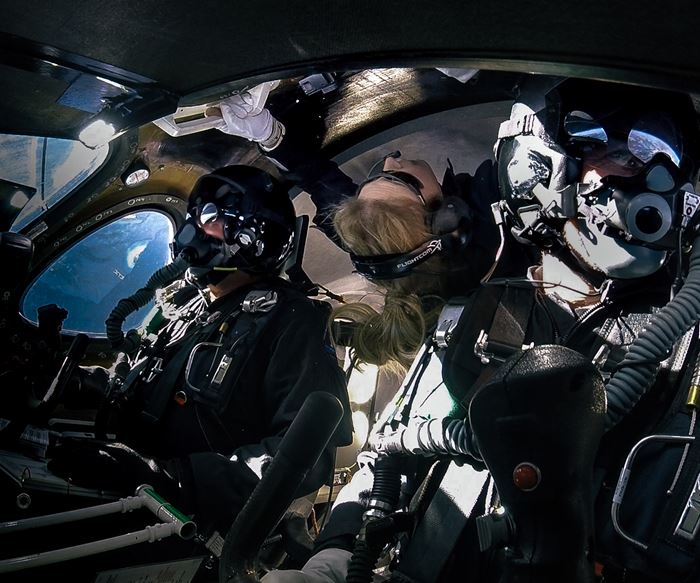


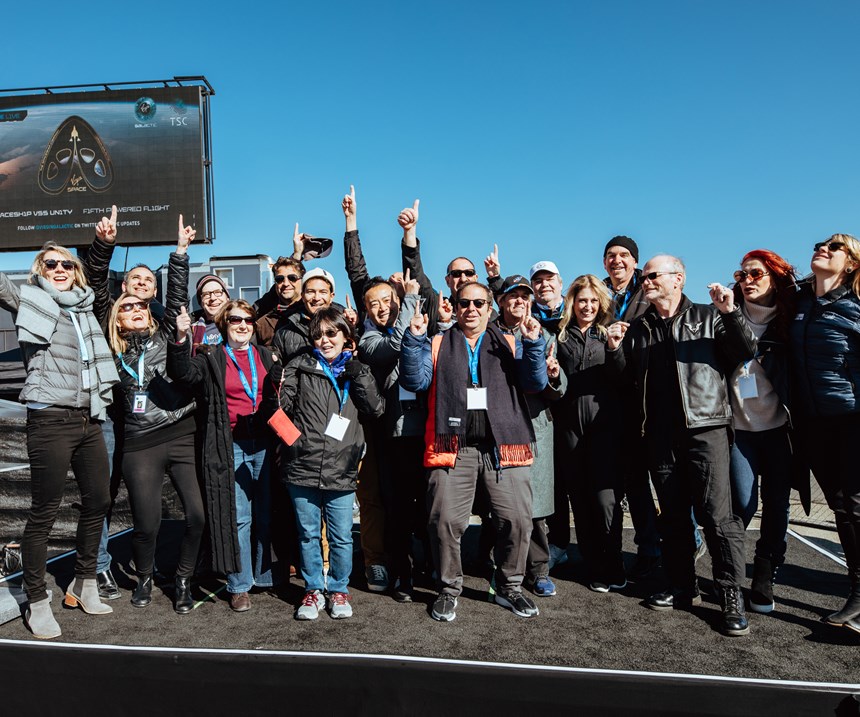


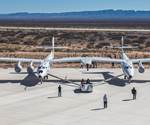
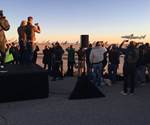










.jpg;maxWidth=300;quality=90)









